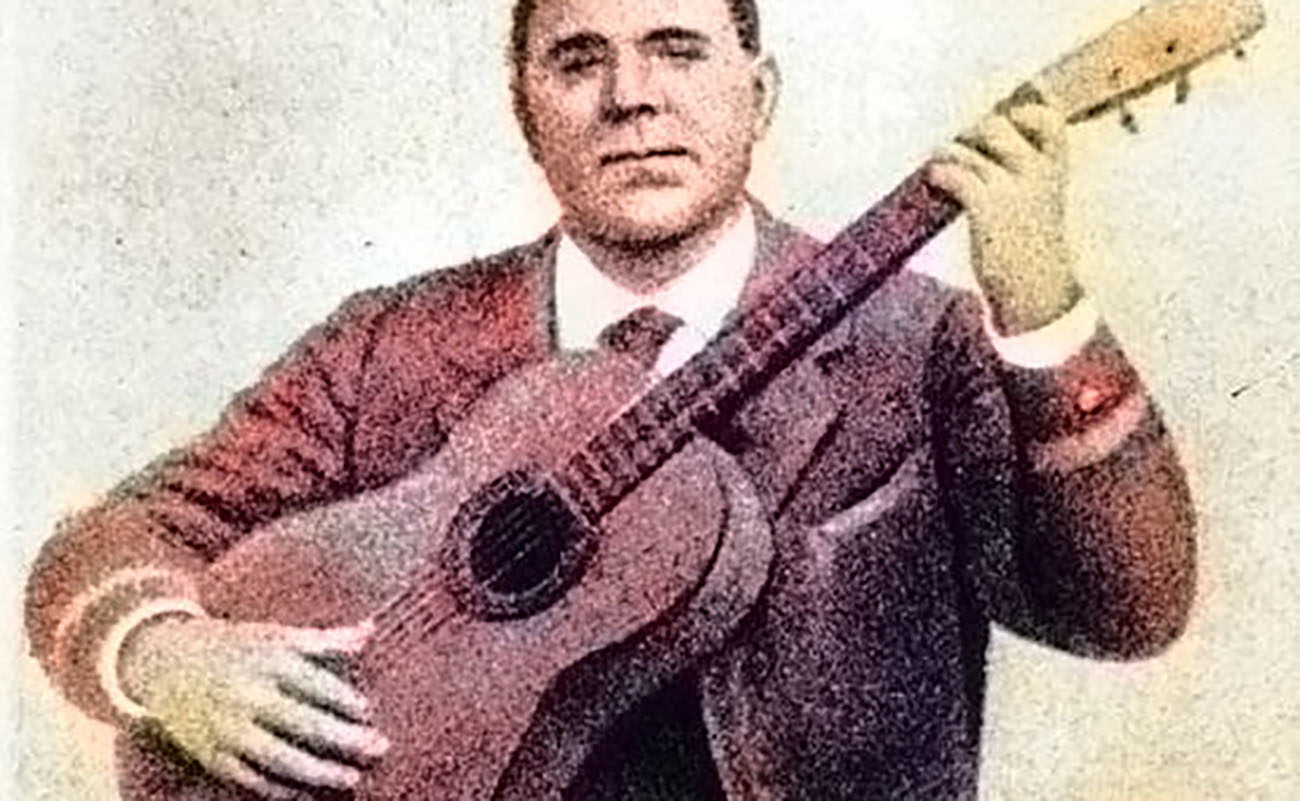Málaga the Cantaora
What’s the matter with flamenco in Málaga, described as “La Cantaora” by Manuel Machado? Málaga played a crucial role in the development of flamenco and has given us great artists of cante such as Juan Breva, El Canario de Álora, El Perote, La Trini, La Rubia, La Águeda, La Juanaca, Andrés Vivar, El Pena padre and El Cojo de Málaga

A few days ago we wondered what was the matter with flamenco in Cádiz and a few feathers were ruffled. Today we wonder the same thing, but regarding Málaga. What’s the matter with flamenco in Málaga, described as “La Cantaora” by the Sevillian poet Manuel Machado? This important city in Andalusia has often been neglected in the studies about the history of flamenco, as if it hadn’t contributed anything, as if flamenco had only been forged in Cádiz and Seville. You know, that old theory of Lower Andalusia and the Seville-Cádiz railroad. That’s a great injustice, because Málaga played a crucial role in the development of flamenco and has given us great artists of cante such as Juan Breva, El Canario de Álora, El Perote, La Trini, La Rubia, La Águeda, La Juanaca, Andrés Vivar, El Pena padre and El Cojo de Málaga, to name just a few, because we could go on and on until the sheep get bored. Not to mention baile, such as the pioneering La Cuenca, just to name its most popular bailaora.
Yet, Málaga’s role in flamenco history is crucial not just because it gave us those renowned artists, or because the importance of its cafés cantantes. It is also crucial because of the many cantaores, bailaores and guitar players who either settled there or visited often, leaving their imprint. I mean people like Antonio Monge Rivero El Planeta, a historic flamenco personality I researched years ago, discovering his true identity and the fact that he spent the last years of his life living on San Juan street in Málaga, where he died in 1856, although he was born in Cádiz in 1790. His nephew Lázaro Quintana Monge, who was also born in Cádiz (1802), likewise settled in Málaga, living with his maternal uncle in that same street, although previously (1842) he had lived in Saavedra street. Those two personalities deserve further research from Málaga, because they were of paramount importance in flamenco history. Other important cantaores lived in Málaga, too, such as Francisco Ortega Vargas El Fillo (son of the elder Fillo, Antonio Ortega Heredia). El Fillo lived there for some time with María La Andonda (from Ronda, in the province of Málaga) and some of their children were born in Málaga itself. Another important cantaor who visited Málaga often in those early days was Tomás El Nitri, who was born in Puerto de Santa María (province of Cádiz) in 1838 and died in Jerez in 1877. Although he grew up in Cádiz, his connection with Málaga was very important because of his great friendship with El Planeta’s first son, Francisco Monge Vara, and with another of the sons of Antonio Monge, Tomás El Planeta, a comedian and a bullfighter’s assistant. Indeed, it has been said (although with no firm evidence) that it was in Málaga where this enigmatic Gypsy from Puerto de Santa María received the first Golden Key of Cante. Silverio Franconetti also had strong links to the land of La Trini, marrying Ana Torrecilla (who was from Linares in Jaén province) in Málaga, where they lived on Don Juan street. Silverio performed in Málaga multiple times, both before and after his trip to South America. We can’t prove yet that he performed in Málaga before his trip to the New World, but it seems likely, since he was there when he was very young. Many other flamenco artists also had strong links with Málaga, such as Paco el Sevillano, El Rojo el Alpargatero, Enrique Ortega Feria, Fernando el de Triana and Antonio Chacón himself.
These days we’ve been working hard, researching flamenco artists who lived in Málaga in the XIX century, because this will show that local cante styles didn’t originate out of the blue, but rather resulted from the movement of artists from one city to the next. We’ve said before that the Seville’s style of cante, so often mentioned, would not exist without the artists of Cádiz, Jerez and Málaga. We can say the same about this last city: Málaga is cantaora for sure, but without a doubt it was influenced by those who, while not born there, adopted Málaga as their hometown. That’s an importance cultural legacy, worth researching.
* This article was originally published in ExpoFlamenco on April 27th, 2016




